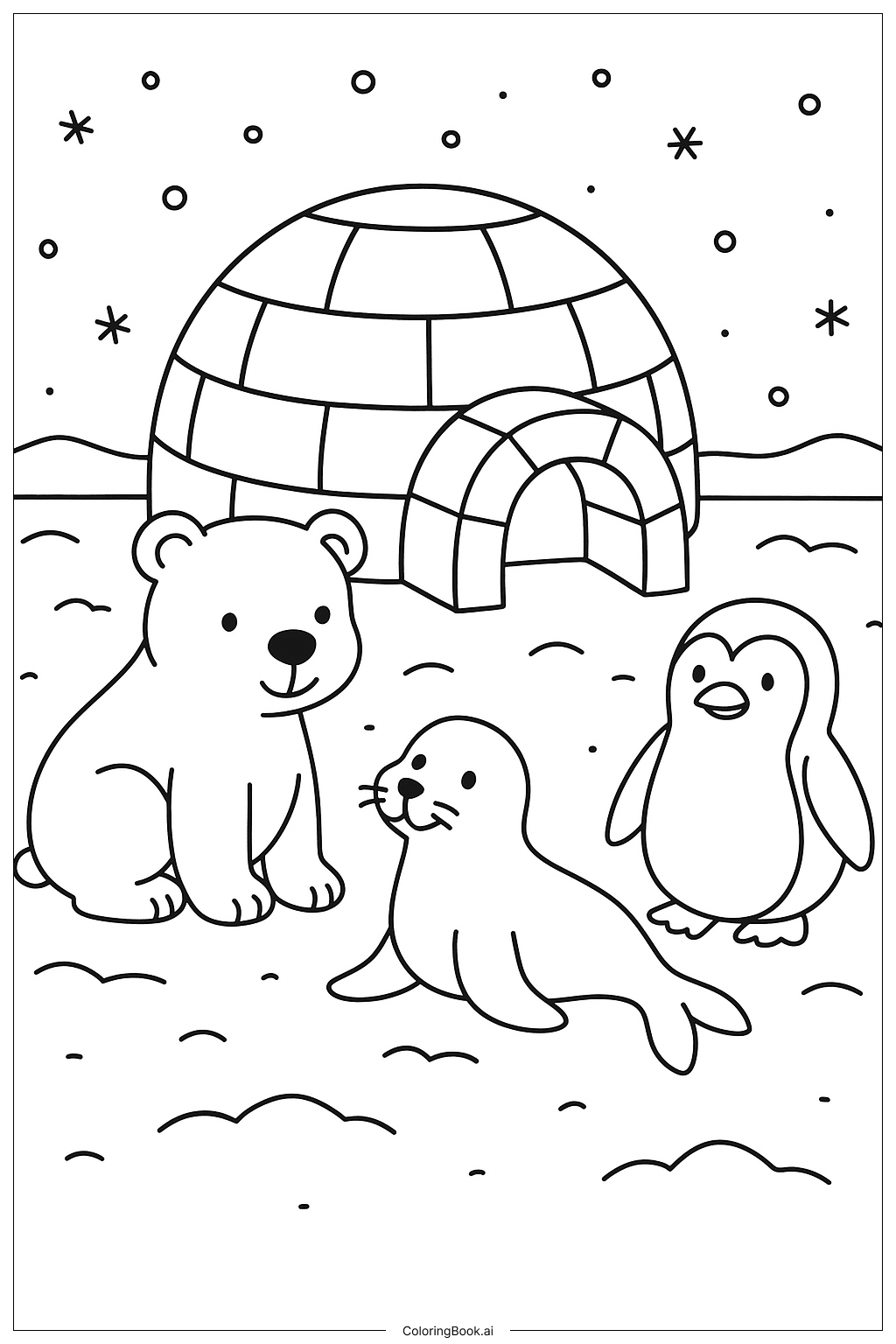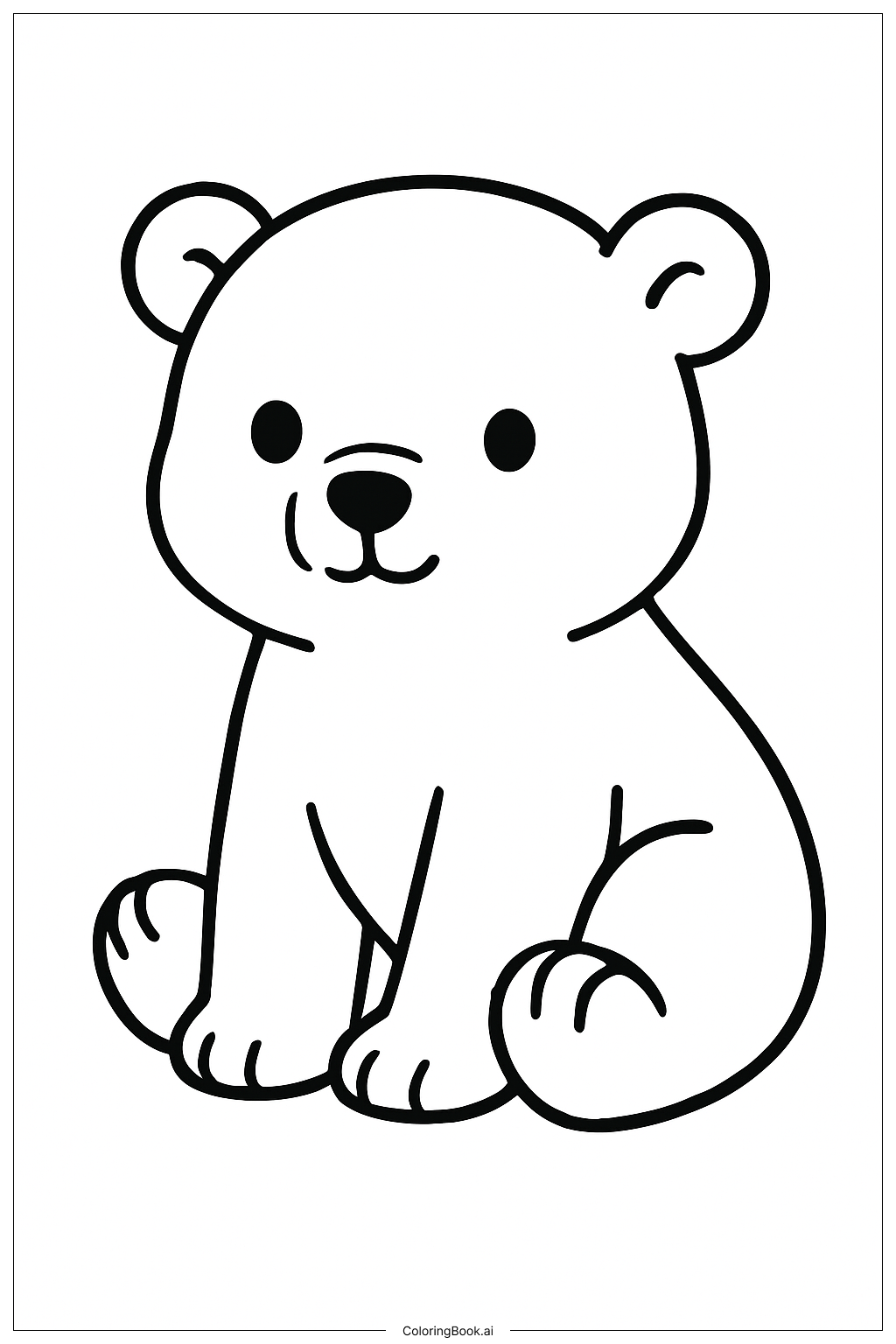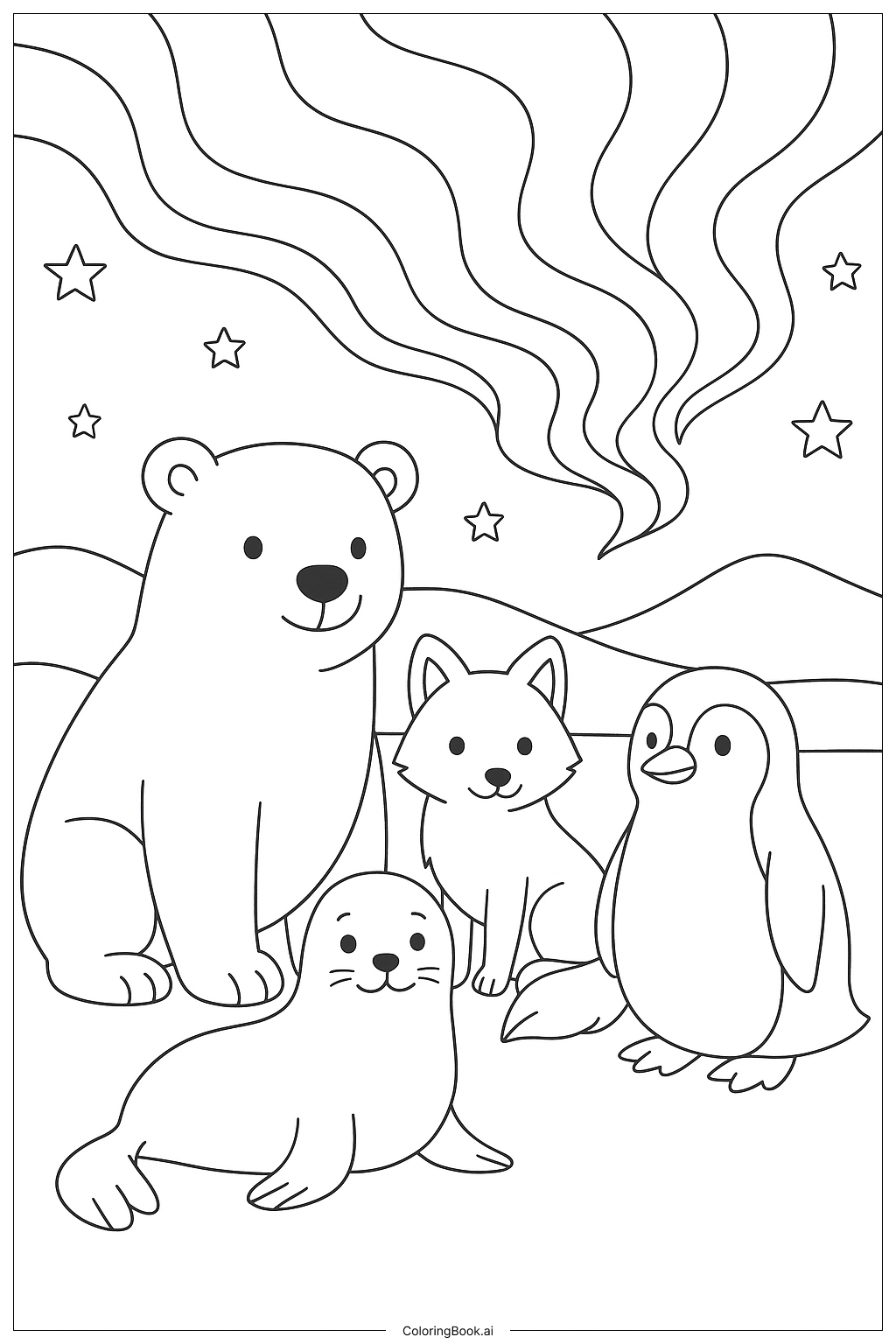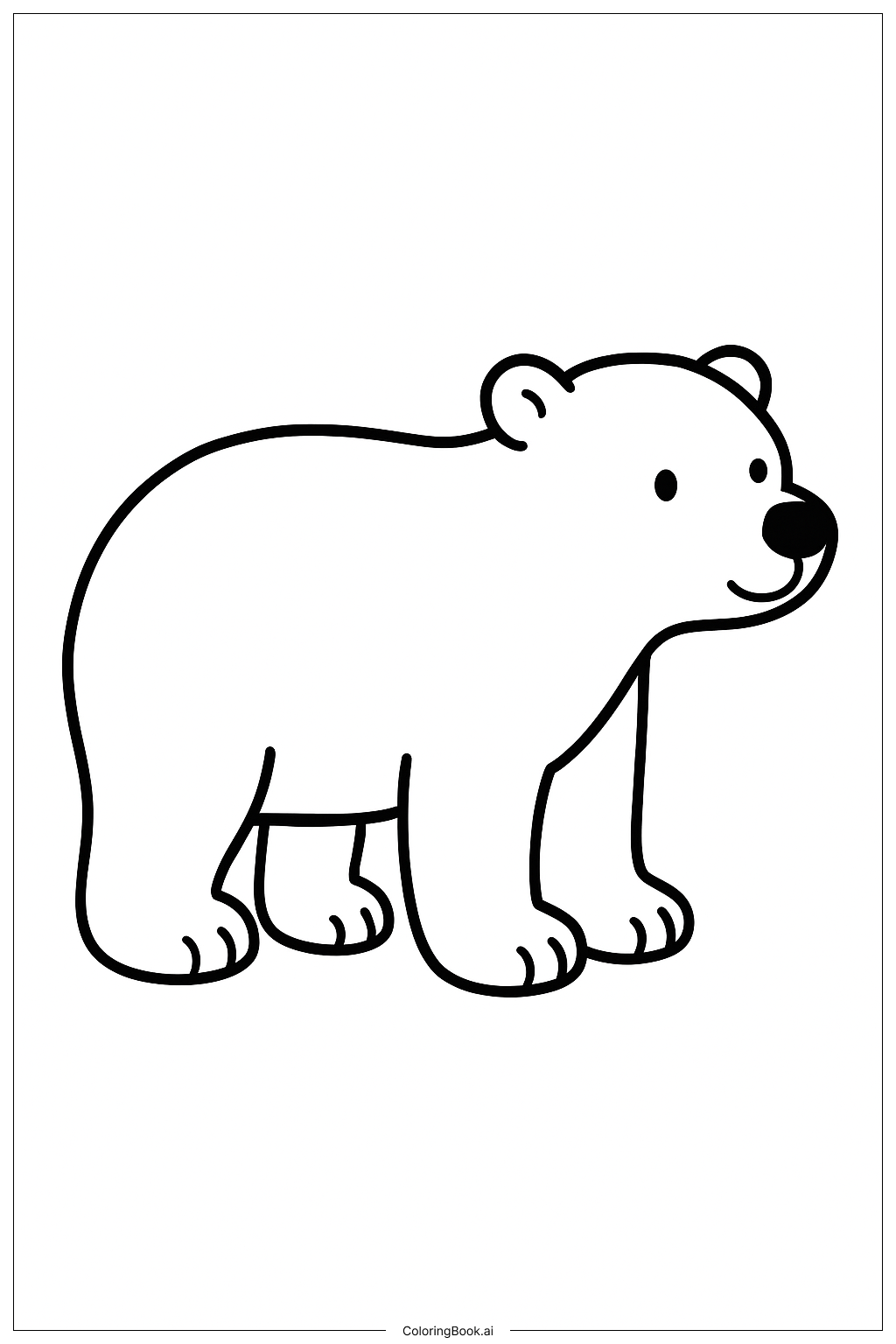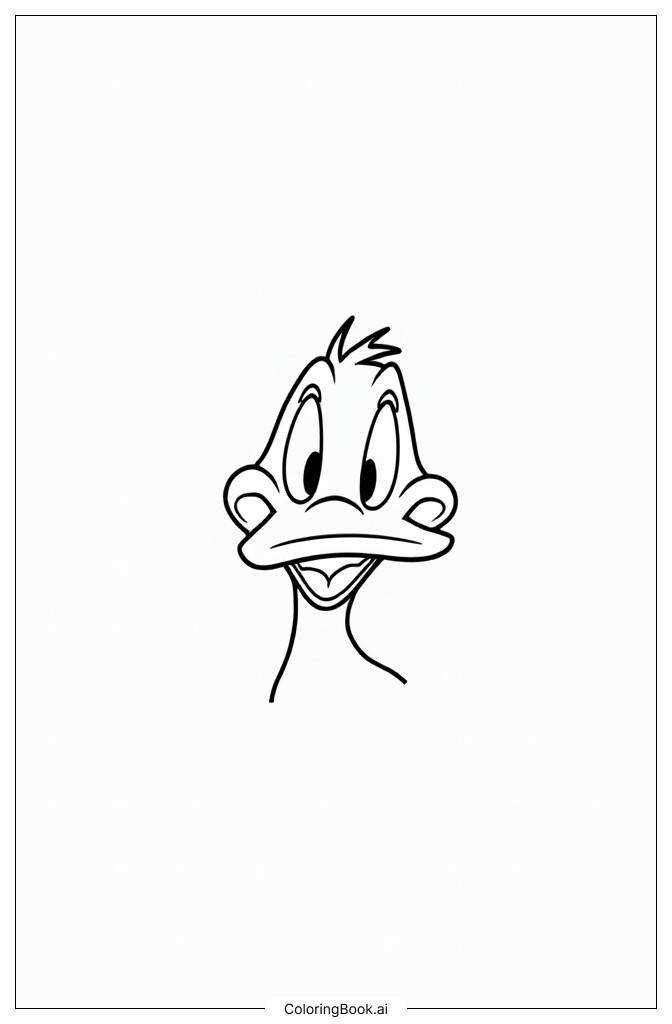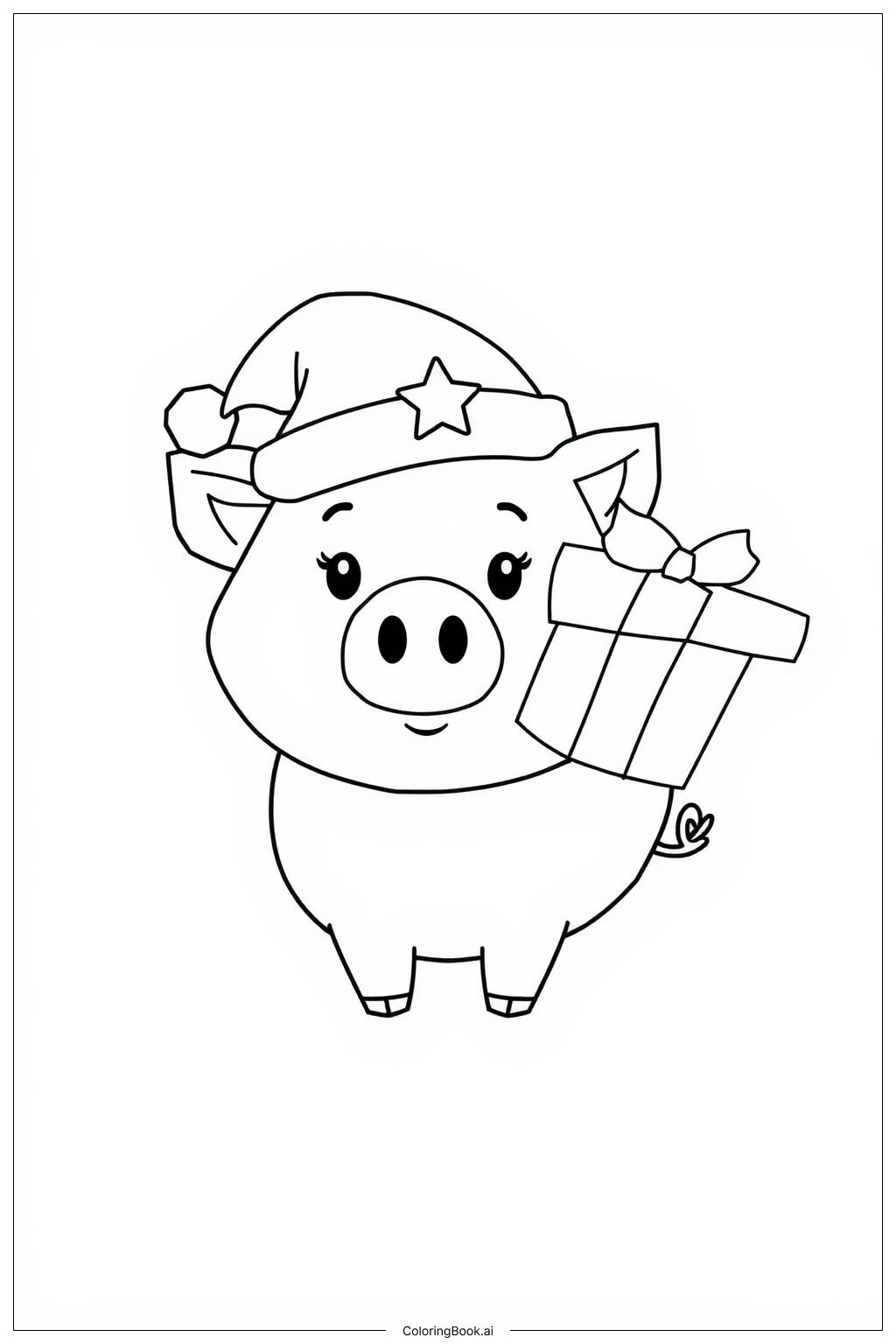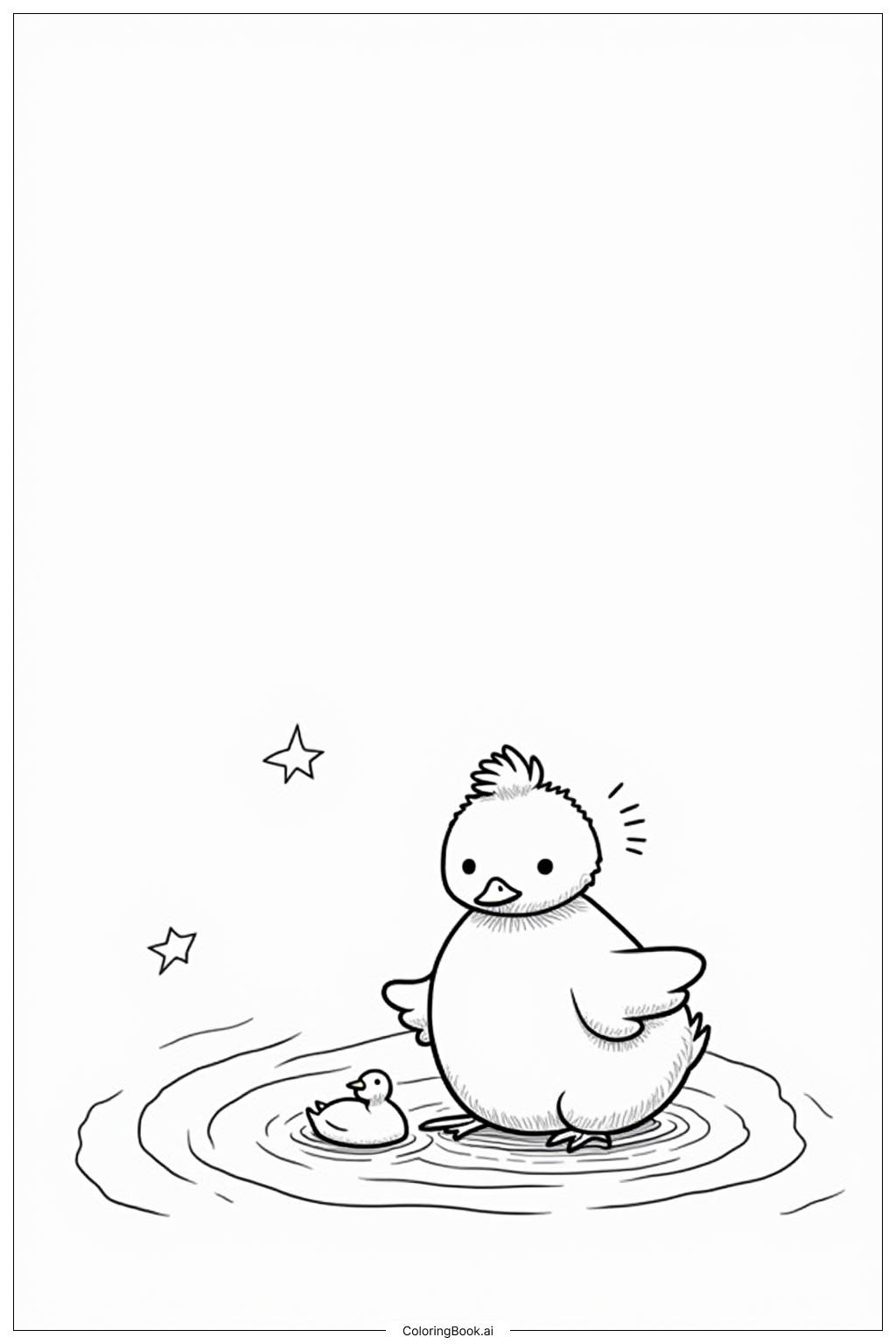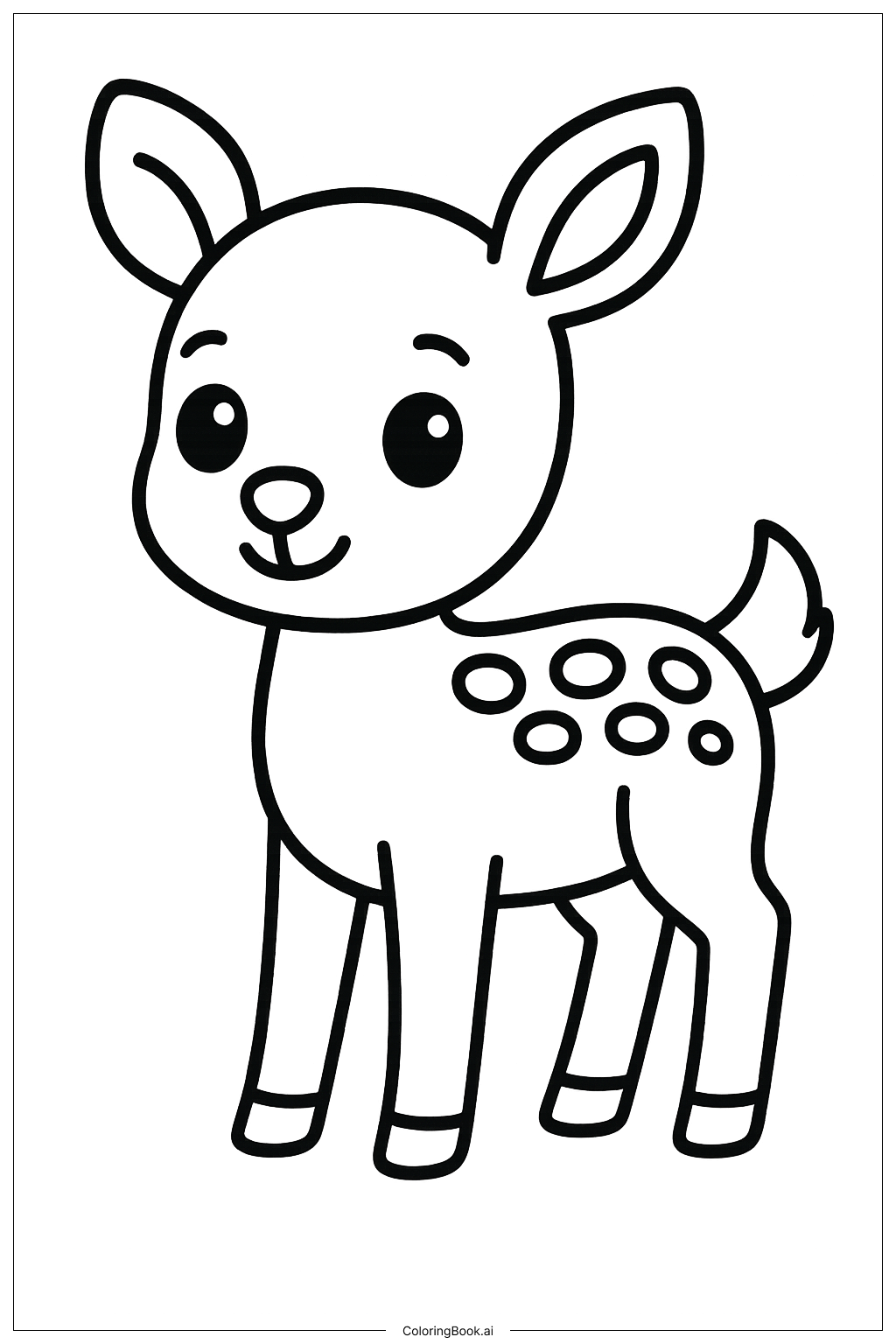Coloring tips: How to color Arctic Animals Gathered Around an Igloo coloring page well?
Use light blue, white, and gray tones for coloring the igloo to show ice and snow. The polar bear can be colored mainly white with some light gray shadows for depth. The seal is also mainly light gray with a darker nose and whiskers. The penguin should be colored black and white, with an orange-yellow beak and feet. For the snow on the ground, use soft blues and whites to create a cold, snowy effect. The sky can be light blue, with white or pale snowflakes. You can add some shading to the hills in the background using light gray and blue shades to keep the cold Arctic atmosphere.
Coloring challenges: Which parts are difficult to color and need attention for Arctic Animals Gathered Around an Igloo coloring page?
1. Coloring the igloo’s ice blocks can be tricky due to the many separated sections. Make sure to color each block carefully to keep the structure clear.
2. The animals have simple shapes but need gentle shading to look soft and natural, especially the polar bear and seal.
3. The penguin's black areas need careful coloring to avoid going outside the lines.
4. Keeping the snowy ground and sky light and soft can be difficult, and it’s important not to use too dark colors.
5. Drawing attention to the animals with color while keeping the background subtle requires balancing bright and pale colors well.
Benefits of coloring books: Advantages of drawing Arctic Animals Gathered Around an Igloo coloring page
Coloring this picture helps improve fine motor skills by coloring small details like the igloo blocks and animals’ features. It encourages creativity in choosing colors to show the cold Arctic environment and cute animals. Patterns in the igloo and snowflakes teach about repetition and structure in art. Coloring animals also helps children learn about Arctic wildlife and their habitats. It can be calming and relaxing, giving children a peaceful moment to focus and express themselves through color.
